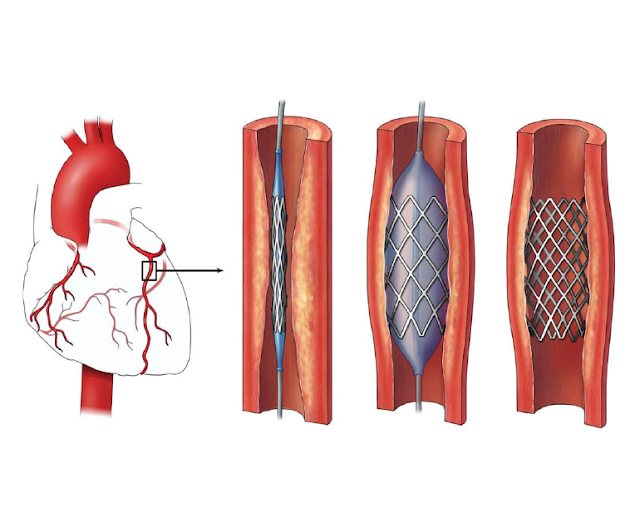Coarctation of the Aorta (CoA)

Coarctation of the aorta (CoA) is a congenital heart defect that affects the aorta, the main artery that carries blood from the heart to the body. It occurs when a part of the aorta is narrowed or constricted, which can cause decreased blood flow to the body and increased pressure in the heart. CoA can range from mild to severe and can be detected at birth or later in life. Causes of CoA According to Dr Ramji Mehrotra , who is one of the best cardiac surgeons in India, the exact cause of CoA is unknown, but it is thought to be caused by abnormal development of the aorta during foetal development. It can also be associated with other congenital heart defects or genetic disorders, such as Turner syndrome. Symptoms Symptoms of CoA can vary depending on the severity of the narrowing and the age at which it is detected. Infants with severe CoA may present with symptoms such as difficulty breathing, poor feeding, or a weak pulse in the legs. Older children and adults may experien
